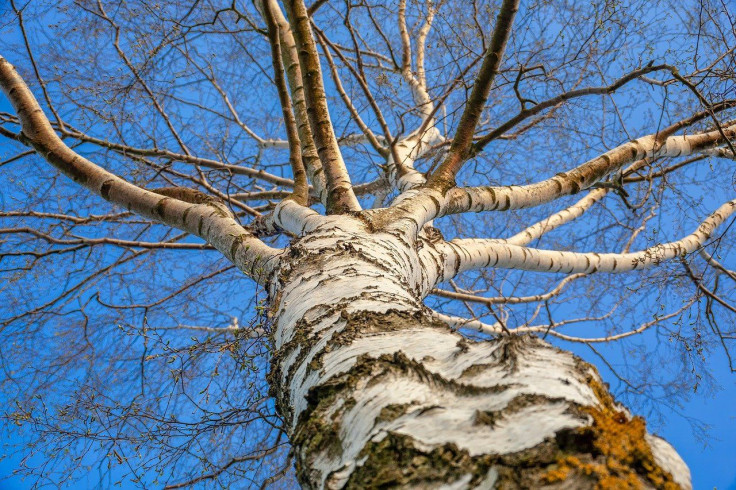These Trees Can Absorb Microplastics From Soil: Study
KEY POINTS
- Birch trees are already being used to rehabilitate contaminated soils
- Researchers placed microplastic particles in pots of birch tree saplings
- After five months, they noticed the particles actually entered parts of the root system
The widespread use of plastic has led to the proliferation of microplastics in various environments. In a new study, a team of researchers has found that birch trees can actually absorb microplastics through their roots during the growth phase.
Microplastics are contaminants "of emerging concern," the researchers of a new study, published in Science of the Total Environment, said. These materials can come from the breakdown of large plastic products and can also be released from items such as cleaning products.
Although microplastics are less obvious in soil than in water, their presence in soil is actually four to 23 times higher than in marine ecosystems, with the highest concentrations being close to roads and agricultural environments.
"Due to plastics' inherent durability they are expected to accumulate and persist in the environment," the researchers wrote. "With 4900 Mt. of plastics, 60% of all plastics ever produced since the 1950s, entering aquatic and terrestrial ecosystems, it is not surprising that microplastics have reached the bottom of the Mariana Trench and the top of Mount Everest."
Some studies have shown that microplastics can be taken up by the roots of plants like wheat, Forschungsverbund Berlin noted in a news release. However, not much is known about how microplastics interact with higher-order terrestrial plants.
For their study, the researchers introduced microplastics labeled with fluorescent dye to the soil of two potted birch tree saplings. The team chose birch trees because they grow below the soil surface where microplastic pollution is said to be the highest. Moreover, they are already being used to rehabilitate contaminated soils as they can "store industrial pollutants and heavy metals" in the tissues.
After five months, the researchers found that microplastic particles actually entered various sections of the birch trees' root system. In fact, some five to 17% of the root sections they looked at had absorbed the microplastics.
Images of the cross-section of a one-year-old birch tree root show the presence of microplastic particles after five months of exposure to the contaminated soil. In the images, the arrows point to the fluorescing microparticles.
"This paper presents the first documented indication of the incorporation of microplastic into root tissues of woody plants," the researchers wrote.
Further study is needed to determine the rate of the trees' microplastic uptake and also the short- and long-term effects of the microplastics on the trees' health, Kat Austen, study lead author and project coordinator at Leibniz Institute of Freshwater Ecology and Inland Fisheries (IGB ), said in the news release.
"But this pilot study suggests birch has real potential for long-term soil remediation solutions — including reducing the amount of microplastics in soil and possibly water," Austen added.

© Copyright IBTimes 2024. All rights reserved.






















